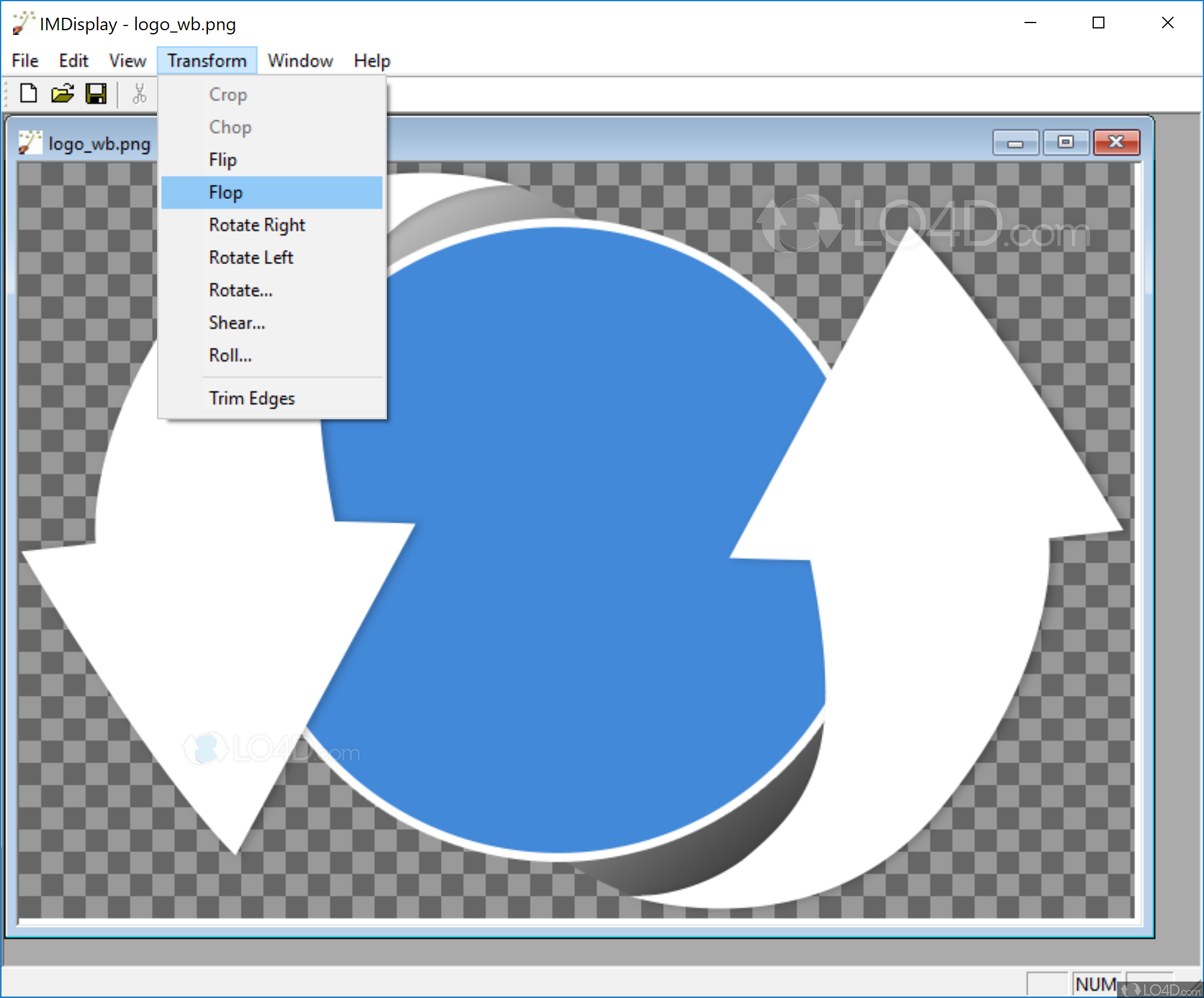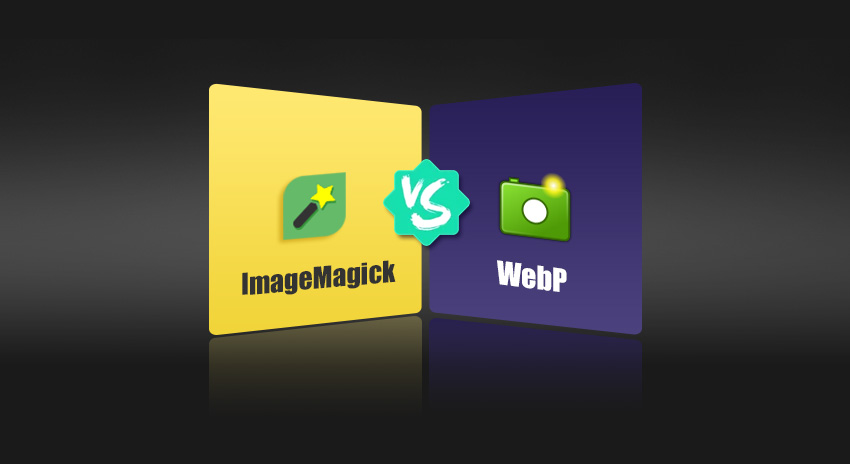

- IMAGEMAGICK ZOOMIFY FOR FREE
- IMAGEMAGICK ZOOMIFY PDF
- IMAGEMAGICK ZOOMIFY MANUAL
- IMAGEMAGICK ZOOMIFY DOWNLOAD
- IMAGEMAGICK ZOOMIFY WINDOWS
select the max possible document zoom and point your mouse to the far bottom right zone of the image (you may need to drag the document scan to make viewable that part of the scan). In a web browser, go to the gallica site and go for the document of your choice. Then open the console and CD to your piece's directory. This is mandatory by common sense, since there will be heavy file activity and the script will delete all the downloaded tiles once it assembled the pages (it will issue the command del PAGE* so, be warned) To make it work you need first to open a directory for your piece.

What you need to run it is: Python installed, with the paths correctly set, cURL installed with the path correctly set, and Imagemagick installed with the paths correctly set. Is set to the resulting size of a 4X4 tiles per page as absolute (and default) minimal (you can increase the page division if you wish)
IMAGEMAGICK ZOOMIFY DOWNLOAD
So, what the script does is, to download a bunch of jpg tiles (being the page division user defined) and then assemble it to individual high quality pages. If you're running a linux box, then you'll probably have it installed along with the other necessary tools anyways.
IMAGEMAGICK ZOOMIFY WINDOWS
I've used python since it's comprehensible for me (I'm a C programmer) and as a lilypond user in a windows box (I suppose many of you are lilypond users) Python it's already installed with your lilypond installation.

I've created a script (very crude indeed) to download high quality scans from BNF out of a plurality of tiles. A "BNF" search on this site gives many results! The profits will be used to digitize more documents. We are not making PD material something private. _3232.html There are so many documents to scan that we need private help. The remaining 5% will join Gallica, the online section of BNF.īruno Racine, director of BNF, wrote an article in >. n-1916.htm says that 95% of those scans won't be online for 10 years. This article also contains a few comparisons in English with other libraries in the world. Otherwise the access will not be free, even for other major libraries in the world. (I don't know what the printing conditions will be).
IMAGEMAGICK ZOOMIFY FOR FREE
You will be able to see this scans for free if you visit the BNF. 40048.htm says that some firms will continue the digitization job.
IMAGEMAGICK ZOOMIFY MANUAL
For short works like Gutman's 6 page Op.50 the 4-image-per-page manual download and stitching method isn't too burdensome and of course the 150 dpi images you can get easier than the 300 dpi images and those are a significant improvement over the 90 dpi images. Actually, the method I use to get BNF's level 6 images is requiring the download of 63 images per page and while the process of downloading and stitching the images together is more automated it isn't without its pitfalls and also requires a great deal of preparation work. Some of the scores that I have been working with would require 6 images (3 columns, 3 rows) per page. The result is an image for the page that is 3422 by 4322 pixels which is around 300 dpi. Then you can create a blank image in Gimp or Photoshop and copy/paste these images into it butting them up together. ,2236,2236 will give you a cropped image but you can download 4 images (2 columns, 2 rows) for the entire page like this: Some scores at level 5 will get cropped.Īt zoom level 6 this. 2236 is the largest number of pixels that BNF will allow to be displayed.Īt zoom level 5 for this particular score you get the entire image which is 1713 by 2164 pixels. 0,0 is the upper left corner and 2236,2236 tells it to display 2236 pixels to the right and 2236 pixels down from the upper left corner. R=0,0,2236,2236 = this tells what part of the image to display. With BNF's zoom viewer you can get the url for each page of the score and make some modifications which result in this:ītv1b52000301j = identifies this as Gutman's Op.50į1 = identifies this as page one so changing this to f2 gives you page 2, etc. The score's original size is given as 35cm (around 13 3/4 inches).
IMAGEMAGICK ZOOMIFY PDF
Looking at the example of Gutmann's Conte de soir, Op.50 that you uploaded the images within that PDF are approximately 1025 by 1247 pixels. To summarize, the PDF files from BNF give you images that are at best 90 dpi. Kalliwoda covered a method for doing this in this thread: Acquiring scans from Gallica/BNF.


 0 kommentar(er)
0 kommentar(er)
